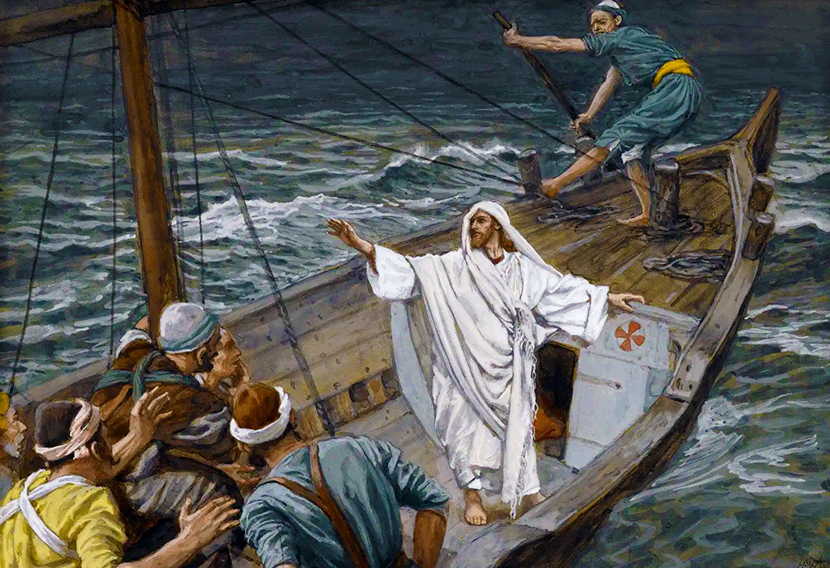In our restless world, peace remains humanity’s most cherished yet elusive treasure. We all yearn for it—that profound inner sanctuary of harmony and stillness that transcends the tumult around us. While peace manifests externally as the absence of violence and conflict, its truest essence lies far deeper in the quiet chambers of the human heart.
Yet look around you. What do you witness? A world bathed in tranquility, or one convulsed by violence? As these words take shape, more than fifty major conflicts rage across our globe, while countless smaller battles—between neighbors, within families, in our communities—tear at the fabric of daily life. Wars thunder between nations, families fracture over inheritance disputes, and even the most intimate relationships can become battlegrounds where daughter-in-law stands against mother-in-law, where bonds of kinship dissolve into bitter discord.
Why does peace, so universally desired, slip through our fingers like water? The answer lies in our misdirected search. We tend to pursue peace in external circumstances, in the rearrangement of our world, in the silencing of opposition. But peace cannot be legislated, purchased, or imposed from without. True peace must be cultivated from within—in the fertile soil of the human soul.
When individuals discover this inner peace, a remarkable transformation occurs. Like ripples spreading across still water, their tranquility touches others, creating circles of harmony that expand outward. Those who have found peace within themselves become peacemakers in their families, their communities, and their world. Peace shared becomes peace multiplied. A mother and father who maintain peace during a family crisis give their children permission to hope. A neighbor who responds to disaster calmly, with helping hands, inspires others to do the same. A community leader who speaks of peace and reconciliation rather than revenge redirects the lives of those in his or her care. In this way, peace becomes not an escape from the world’s pain but the very means by which that pain is healed, one heart, one relationship, one community at a time.
An ancient parable illustrates this profound truth through the story of an art contest. The challenge: to capture the essence of peace on canvas. After much deliberation, the judges narrowed their selection to two compelling finalists.
The first artist presented a scene of breathtaking serenity—a pristine lake reflecting cloudless skies, its surface unmarred by even the gentlest breeze. Every element whispered of undisturbed tranquility, the kind of idyllic scene that graces postcards and dreams.
The second artist chose a dramatically different approach. His canvas erupted with the fury of a tempest—wind-lashed trees bent nearly to breaking, rain slashing diagonally across a darkened sky, lightning illuminating the chaos with stark, momentary brilliance. Yet those who looked more carefully discovered something extraordinary. Nestled in a small crevice within the storm-battered cliff, a tiny bird sat peacefully in its nest, completely sheltered and utterly serene amid the surrounding tumult.
The second painting won. Its message was clear: Peace is the calm within the storm, not the absence of the storm.
This profound truth reveals something essential about the nature of peace. It cannot depend upon perfect circumstances, for such circumstances rarely, if ever, exist. Instead, true peace must be found in our relationship with God, whose presence provides unshakeable security regardless of external chaos. Like the bird in the painting, we can find refuge in God’s protective embrace. When our peace flows from this fountain rather than human circumstances, it becomes unassailable. The storms of life may rage—financial hardship, relationship conflicts, health challenges, uncertain futures—but they cannot penetrate the sanctuary of a heart at rest.
This peace doesn’t come automatically; it must be sought and cultivated. It requires a turning inward, a conscious choice to anchor our security not in the shifting sands of worldly circumstance but in the unchanging character of our Creator. When we learn to quiet our hearts before God, when we surrender our anxieties to His care, when we trust His sovereignty over our circumstances, we discover what the psalmist meant when he wrote, “He makes me lie down in green pastures, he leads me beside quiet waters, he refreshes my soul.”
Those who have found this inner peace become God’s ambassadors of reconciliation in a fractured world. They don’t need perfect conditions to maintain their equilibrium. They can speak words of healing in the midst of conflict, offer forgiveness where others harbor resentment, and extend grace where others demand justice. Their very presence becomes a sanctuary for others—a demonstration that peace is indeed possible, even in the most challenging circumstances.
We do not need to despair in a world that often feels like that storm-tossed painting. Instead, we can find refuge in that sacred crevice of the heart where peace resides in perfect harmony, untouched by the chaos that surrounds us. For in that holy space, we discover what the world cannot give and what the world cannot take away: the peace of God, which surpasses all understanding.
May you find that peace which the world cannot give—the peace that comes from resting in the loving arms of the One who calms every storm.
—Fr. Hugh Duffy, Ph.D.








5 Comments
Barbara Calvert
Thanks for 🙏. Daughter Michelle numerous health issues, unable to work, August will lose home, on her own. Ed son Wolfgang N.J., kidney issues, had to quit job. Praise cousin Donald doing better w/colon cancer. Praise daughter Meredith & hubby okay.Cousin James MS he & wife flu. Ed mostly bedridden since May 24. Barbara numerous health issues, colon cancer surgery ok. Hope 🙏 you’re okay?
Hugh Duffy
That’s some list of ailments and problems you and your loved ones have to endure, Barbara. I pray that God’s peace which surpasses all understanding will comfort you throughout these trials and suffering.
Barry Fraser
Beautifully expressed Fr. Hugh. Thanks for your reassuring guidance.
Bartholomew Okere
Fr. Duffy, I see your reflection on Peace resonates with me in my ministry. I can quantify peace, love and humility as birds of the same feathers. Peace per se isn’t the absence of war, it’s a virtue, a state of mind as you said, a disposition for benevolence, justice & confidence. You synthesized the true meaning of peace in your catechesis. Peace of mind, that what we need to survive the world.
Hugh Duffy
Your ministry will thrive by cultivating peace, Bartholomew. That doesn’t mean an absence of external strife or persecution, but it’s the true way.
YOU MIGHT ALSO LIKE
Active Love
True Leadership
Pope Francis